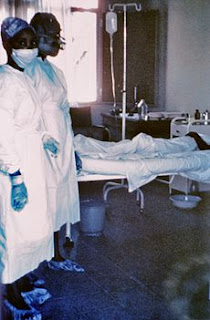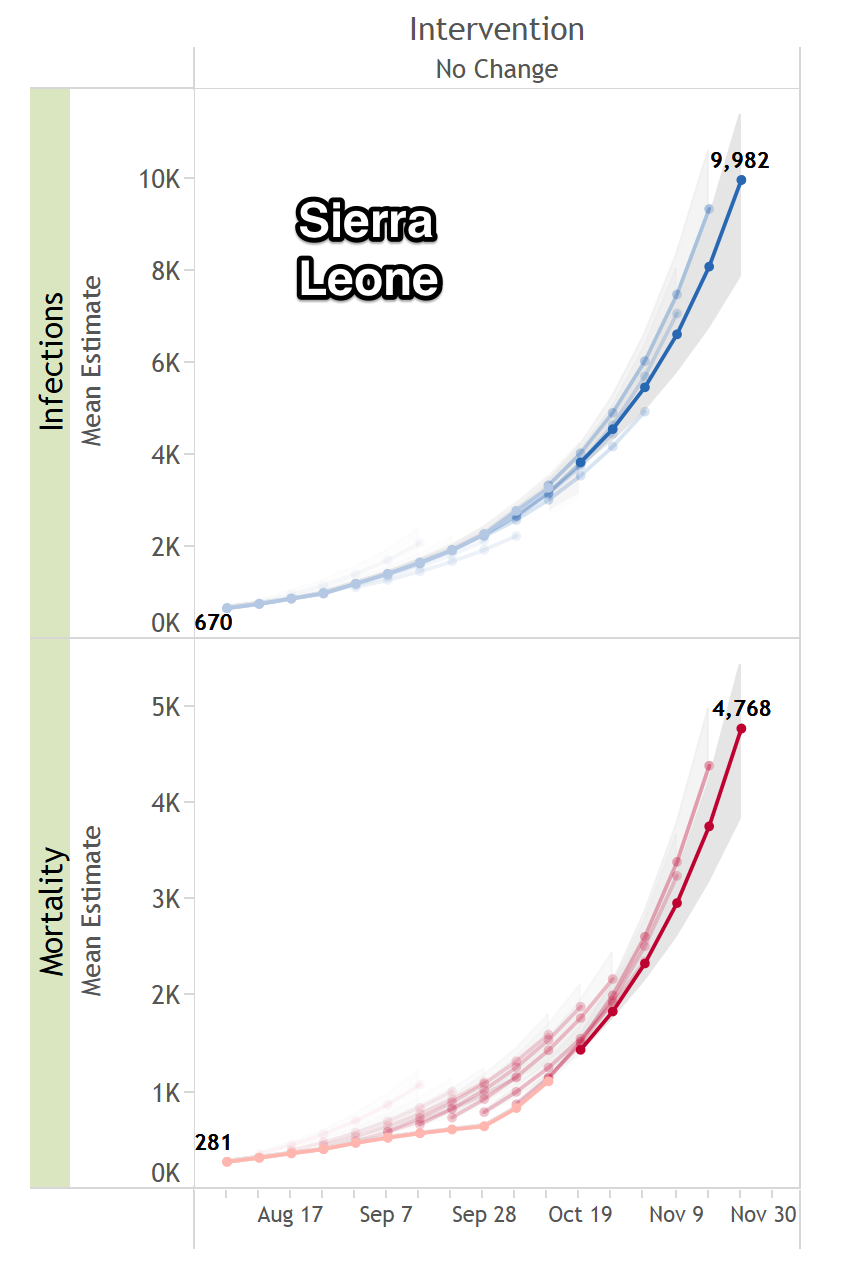Recent work on multiple cases of SV40 with related cancers led to significant updates to multiple strains of the virus using the latest frequency templates. Each virus strain has over two dozen frequencies which target the virus, all of the components of the machinery for the virus, the DNA of cells contaminated with the virus, and the energy system of the human body which is distorted by the virus. All frequencies are available to subscribers.
[trx_button type=”square” style=”filled” size=”small” align=”center” link=”https://www.frequencyfoundation.com/product/sv40-version-2-0/” popup=”no” top=”inherit” bottom=”inherit” left=”inherit” right=”inherit”]SV40 Frequencies[/trx_button]
Bookchin, D. and J. Schumacher (2004). The Virus and the Vaccine: The True Story of a Cancer-Causing Monkey Virus, Contaminated Polio Vaccine, and the Millions of Americans Exposed. New York, St. Martin’s Press.
Everyone infected with the SV40 virus should read this book and that includes at least 100 million Americans. The contamination of polio vaccine with the carcinogenic SV40 virus apparently continues even today in some cases. Information on the most carcinogenic of all viruses and its connection with polio vaccine has been systematically suppressed since the 1960’s. Careers have been threatened, some destroyed, others altered dramatically. Funding for investigating what will come to be known as one of the greatest public health problems of the 20th century is still severely restricted.
The authors original article in the Atlantic Monthly (Feb 2000) has been expanded into a riveting book that reads like a novel. Extensively documented, it includes a complete bibliography of all research on SV40 and notes from interviews of every major player in this controversy who is still alive. The story would make a great episode for the X-Files and you might never look at the NIH in quite the same way again. The 2004 controversy over NIH officials acting as consultants for the drug companies is only the tip of the iceberg.
Char Boehme published a set of frequencies on the Rifers list ([email protected]) developed from available DNA sequencing data. I have tested her frequencies against a known SV40 infection and they all test positive, demonstrating the value of DNA sequencing data and her technique. We both view this as a widespread public health problem generated by contaminated vaccines.
Parasites are often infected with SV40. When you kill them, they release more SV40. You may need to repeatedly clear your system of this virus after killing parasites. In addition, when killing cancer cells in SV40 induced tumors, the virus will be released and cause reinfection. Run SV40 frequencies after killing SV40 induced tumor cells. Finally, a magpulser will stimulate virus production in infected cells and this must be dealt with.
On review of the medical literature, there are clearly multiple forms of SV40. One mutated form cannot replicate and there are others. See:
Simian virus 40 (SV40) DNA replication: SV40 large T antigen unwinds DNA containing the SV40 origin of replication. Dean FB, Bullock P, Murakami Y, Wobbe CR, Weissbach L, Hurwitz J. Proc Natl Acad Sci U S A. 1987 Jan;84(1):16-20.
Complete nucleotide sequence of SV40 DNA.
Fiers W, Contreras R, Haegemann G, Rogiers R, Van de Voorde A, Van Heuverswyn H, Van Herreweghe J, Volckaert G, Ysebaert M. Nature. 1978 May 11;273(5658):113-20.
The determination of the total 5,224 base-pair DNA sequence of the virus SV40 has enabled us to locate precisely the known genes on the genome. At least 15.2% of the genome is presumably not translated into polypeptides. Particular points of interest revealed by the complete sequence are the initiation of the early t and T antigens at the same position and the fact that the T antigen is coded by two non-contiguous regions of the genome; the T antigen mRNA is spliced in the coding region. In the late region the gene for the major protein VP1 overlaps those for proteins VP2 and VP3 over 122 nucleotides but is read in a different frame. The almost complete amino acid sequences of the two early proteins as well as those of the late proteins have been deduced from the nucleotide sequence. The mRNAs for the latter three proteins are presumably spliced out of a common primary RNA transcript. The use of degenerate codons is decidedly non-random, but is similar for the early and late regions. Codons of the type NUC, NCG and CGN are absent or very rare.
______________________________________________
There is a new article out on the connection between cancer and the SV40 virus which is widely distributed in the human population because of polio vaccination contamination. NCI has followup studies on Army “volunteers” who were given contaminated polio vaccine in 1960-61.
Testing a volunteer (who was in the Army and given the vaccine in 1960) with a liver tumor and a history of melanoma and multiple basal cell carcinomas showed SV40 distributed throughout all organ systems. Plate zapping organ by organ was required to root it out.
I’ve noticed SV40 in several other cancer patients. Electronic medicine researchers should check each other for presence of this virus and eradicate it. SV40 causes cancer in lab animals, causes cells to become immortal in vitro, and is found in human tumors. It inactivates genes related to controlling cancerous growth. SV40 antibodies are present in 3-4% of the population. SV40 can start a tumor growing including cells that are not infected with HIV. The uninfected tumor cells have a selective growth advantage and replace infected cells, caused the SV40 virus to disappear. This stealth phenomena is one of the reasons it has been difficult to conclusively state that SV40 is causing cancer. However, for some tumors, the evidence is far stronger than smoking.
Simian virus 40 in human cancers
Regis A. Vilchez MD, Claudia A. Kozinetz PhD, MPH, Amy S. Arringtonc, Charles R. Madden PhD and Janet S. Butel PhD
The American Journal of Medicine Volume 114, Issue 8 , 1 June 2003, Pages 675-684
Abstract
Background
Many studies have reported the presence of simian virus 40 (SV40) deoxyribonucleic acid (DNA) or protein in human brain tumors and bone cancers, malignant mesothelioma, and non-Hodgkin’s lymphoma. However, the small samples and lack of control groups in some reports have made it difficult to assess their reliability.
Methods
Studies were included in this analysis if they met the following criteria: original studies of patients with primary brain tumors and bone cancers, malignant mesothelioma, or non-Hodgkin’s lymphoma; the investigation of SV40 was performed on primary cancer specimens; the analysis included a control group; and the same technique was used for cases and controls. Included reports were published from 1975 to 2002.
Results
Thirteen studies fulfilled the criteria for the investigation of primary brain cancers (661 tumors and 482 control samples). Specimens from patients with brain tumors were almost four times more likely to have evidence of SV40 infection than were those from controls (odds ratio [OR] = 3.9; 95% confidence interval [CI]: 2.6 to 5.8). The association was even stronger for mesothelioma (OR = 17; 95% CI: 10 to 28; based on 15 studies with 528 mesothelioma samples and 468 control samples) and for bone cancer (OR = 25; 95% CI: 6.8 to 88; based on four studies with 303 cancers and 121 control samples). SV40 DNA was also more frequent in samples from patients with non-Hodgkin’s lymphoma (OR = 5.4; 95% CI: 3.1 to 9.3; based on three studies with 301 cases and 578 control samples) than from controls.
Conclusion
These results establish that SV40 is associated significantly with brain tumors, bone cancers, malignant mesothelioma, and non-Hodgkin’s lymphoma. Studies are needed to assess current prevalence of SV40 infections.
http://dx.doi.org/10.1016/S0002-9343(03)00087-1






